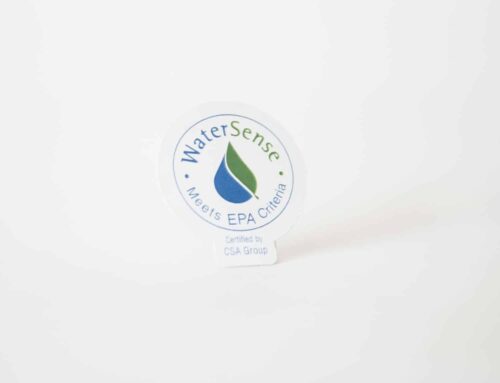We’ve all heard how “going paperless” is the greener option. And while that may be true in some regards, paper production is not nearly as detrimental to the environment as consumers are led to believe.
Here are some truths about how using paper isn’t as environmentally unsustainable as you think.
Paper does not cause deforestation.
The trees used to make paper are actually planted, grown, harvested, then regrown using sustainable forest management practices, ensuring the idea of renewable forests.
In order to supply the paper industry with more resources, net forestland in the U.S. actually increased by 18 million acres from 1990 to 2020, according to Global Forest Resources Assessment by the UN Food and Agriculture Organization (FAO).
Trees used to make paper are considered a responsibly-grown fiber in “working forests” and are expected to grow back. That characterization alone leaves paper production out of the causes of deforestation since the definition of deforestation is the permanent loss of forestland. According to the United States Forest Service (USFS), the biggest cause of deforestation is urban development.
Another more economical argument for using trees for paper is to allow landowners to keep their land forested. 58% of U.S. forest is privately owned and the paper industry actually pays some landowners to use their trees. This provides an economic incentive to keep trees on their land instead of selling the land off to developers.
Making paper doesn’t produce alarming amounts of greenhouse gases.
Pulp and paper factories produced .16 million metric tons of CO2e, or .5% of U.S. greenhouse gas emissions in 2020, according to the Environmental Protection Agency’s (EPA) Greenhouse Gas Reporting Program (GHGRP). Compare that to 1.12 million metric tons of CO2e emitted from power plants.
In fact, the EPA considers the paper industry to produce more carbon-neutral bioenergy than any other sector since the spent woodchips from the papermaking process are used again. Because of the regeneration process, making paper actually prevents 181 million tons of CO2 from entering the atmosphere, the equivalent of removing 35 million cars from the road.
Paper doesn’t use as many resources nor is as wasteful as you think.
While the paper-making process does require water, nearly 90% of the water used is cleaned and returned to the source, according to the National Council for Air and Stream Improvement (NCASI). Furthermore, the water that is used to make paper can be recycled in the process up to 10 times!
Paper in and of itself is recyclable and the paper industry has spent billions of dollars on paper recovery infrastructure. Due to campaigns and public messaging, recycled paper has nearly doubled over the past two decades.
The EPA estimates that 68% of paper used is recycled making it close to the top recovered resource. Plastics have a recovery rate of 9%, glass is at 25%, metals at 34%, and corrugated cardboard is at 89%.
Going digital doesn’t mean you aren’t using energy.
There’s a misconception that when a business or consumer goes completely digital that they are minimizing their carbon footprint. That isn’t true. Digital devices use a variety of infrastructures from electrical grids to satellites to data processing centers to house information in the “cloud.”
Plus, the materials necessary to build mobile phones, computers, and tablets require drilling and extracting non-renewable resources using fossil fuels, chemicals, and toxic materials. The precious metals and rare earth minerals used to make our electronic devices are things the earth can never recover.
Plus, all our devices are ending up in landfills! Only 15% of e-waste is recycled according to the most recent Global E-Waste Monitor report.
DigiPrint | Paper in the Printing Industry
While you may hear the messaging over and over that if you go paperless then you will be saving trees and energy, remember that isn’t the whole truth. In fact, this eco-shaming tactic is called greenwashing, making consumers believe that the company is doing more to protect the environment than it really is.
Two Sides North America President Kathi Rowzie said this about greenwashing in a recent press release:
“Not only do these greenwashing claims breach established environmental marketing standards like the U.S. Federal Trade Commission Green Guides and the ISO 14021 standard, they also are extremely damaging to an industry that has a solid and continually improving environmental record. Far from ‘saving trees,’ strong market demand for sustainably sourced paper encourages responsible forest management and supports the long-term health of forest resources. Many of the organizations we engage are surprised to learn that over the last 30 years, U.S. forests have expanded by some 18 million acres, while net forest area in Canada has remained the same at around 857 million acres during the same period.”
The fact is, using paper isn’t nearly as harmful to the environment as consumers are led to believe. It is nearly 100% recycled, uses a now-considered renewable source, and uses carbon-neutral energy.
Plus, the feeling of a beautifully printed product in your hand from a brochure to a catalog to a book can never be replaced.
Let’s print something creative today! Reach out to get started. 775.786.4464





